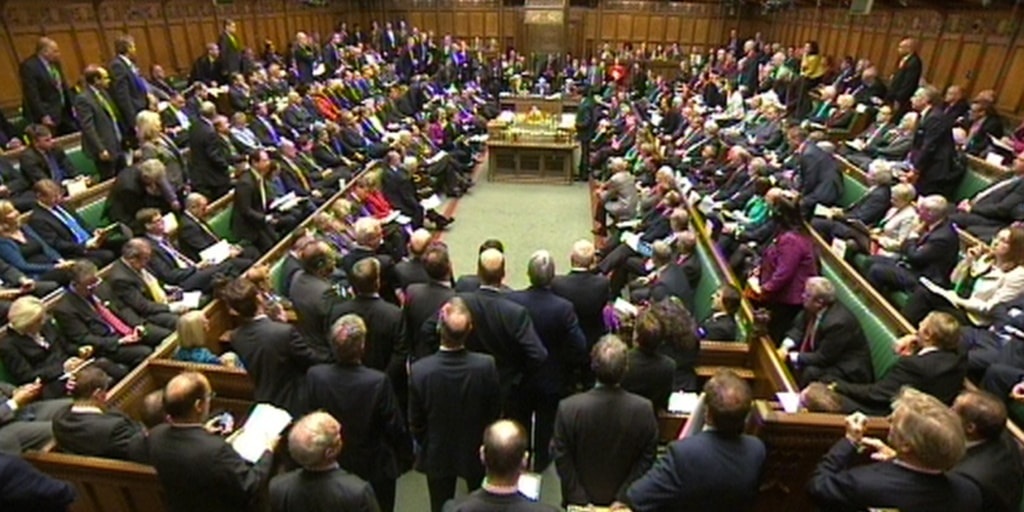There’s a lot of talk about how to elevate design and digital thinking in organisations. Sometimes it goes up, sometimes it goes down.
Some suggestions are quite practical, managerial even, with stages of development following inevitably after one another.
Other suggestions require heroism. A leap into the unknown. JFDI or your org will die.
Encouragingly, there are few takers for the status quo.
Either way, we need to consider the circumstance which design finds itself in within an organisation to work out where it sits now, and where it should. And naturally, that heads towards a discussion of the politics of the organisation.
The political writer and theorist Bernard Crick defended politics from being seen as synonymous with any one ideology (even democracy), describing it as our ‘civilising discourse’. (A definition that needs ever wider circulation in these fractured times).
If politics isn’t working, it’s because people aren’t valuing the way it can mediate our differences, balance diverse opinions, facts and needs and yet still find a way forward.
Design is politics in this sense – done well, it’s a civilising discourse, producing things that are the outcome of weighing many forces. But the practice of design can also be the civilising discourse – the politics – of an organisation, forcing collaboration, listening, respect and thoughtful argument before decisions are made.
Defined this way, design/politics is a good thing, but it also makes it easy to see why habitually autocratic (or plutocratic) organisations struggle to give it a role at the top table, despite the obvious benefits of rational, empathetic, iterative processes.
It’s simply anathema to most organisations way of working.
Here are three paths to creating healthy ‘political’ organisations:
1) Evolution – can you gradually replace an autocratic culture with a political one? This likely follows the managerial approach, where incremental proof brings about further and faster change. Innovation labs, incubators and so on. There’s growing scepticism about this approach in larger organisations, who feel like they’re spending a lot of money and not seeing results. The alternative is the gradual erosion of their reason to exist, so they really need to work out how to do it better.
2) Revolution – can you rapidly change an organisation’s way of working? Note: It may be that someone does it for you (you will have been ‘disrupted’). The challenge here is having ideas so patently better than the status quo they cannot be ignored. This is difficult in an established organisation, because the counter argument is often measured in people’s jobs, including your own.
3) Negation – the (your) organisation is not the only structure in which research can be done, ideas had and lives made better. For everyone clever enough to know there is a choice, you are free to choose, albeit at a personal cost (no salary helps you understand both meanings of ‘free’).
At the end of his book, Crick offers a footnote to ‘encourage those who grudge the price’ of politics.
The price is often high. The fight for politics cost tens of millions of lives in the 20th century alone.
Even when it is not so costly, revolutions only find out afterwards. The East and West Germans who tore down the Berlin Wall didn’t know that their freedom would actually be free.
You may think it’s a stretch, but it isn’t – the price we pay for moral things, like design and politics – is worth paying.
Also published on Medium.


